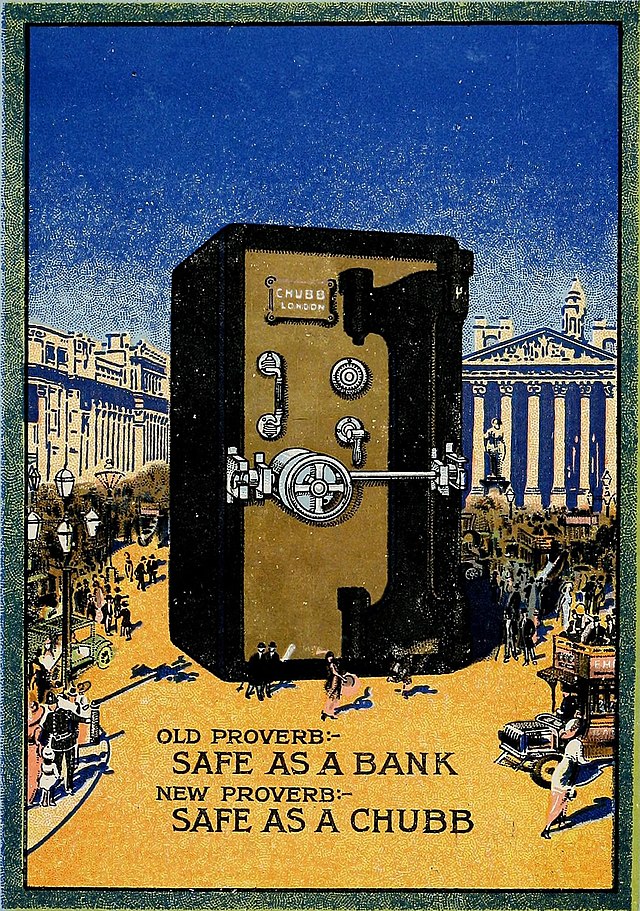by Ashley Weaver
One of my favorite parts of writing historical fiction is the new things I get to learn along the way. It’s important, of course, to go into writing a book with a base knowledge of the historical setting and key elements of the plot, but I find there are always fascinating tidbits to be gleaned as the story unfolds. Sometimes I learn a lot more about a topic than I expect. My new book, A Peculiar Combination, was no exception.
Londoner Electra “Ellie” McDonnell comes from a family of thieves. She has learned her Uncle Mick’s legitimate trade, locksmithing, as well as his illicit one, the art of safecracking. As World War II begins, they’re doing more of the latter than the former to make ends meet. When they’re caught and given the chance to work for military intelligence retrieving some documents from a safe before they can fall into the Nazis’ hands, they jump at the opportunity to both serve their country and stay out of prison.
In addition to researching life in London at the start of the war, the unique trade of Ellie and her family allowed me to delve into the fascinating world of safecracking and its history. I went into this book knowing the bare minimum about the topic and emerged with a new appreciation for both the various types of safes and the tenacity of those who use all their wiles to break into them.
The concept of a locked box used for the safekeeping of valuables has been around for thousands of years, and as long as there have been safes, there have been people trying to steal their contents. To that end, safe manufacturers throughout the years—Chubb, Milner, Herring, and Ratcliff & Horner, to name just a few—developed an array of mechanisms intended to thwart burglars. Safes were often touted as “burglar proof” and companies frequently tried to outdo each other in terms of the reliability of their safes. Things sometimes got competitive. There were various “safe battles,” such as the one held at the Paris Exhibition of 1867, with rival manufacturers seeing whose safe could withstand various attempts at cracking (and even destruction) for the longest amount of time. That did not mean that these safes were invulnerable, of course. As the safes got more ingenious, so did the safecrackers.
The methods differ depending on the type of mechanism and skillset of the safecracker. There are multiple ways to go about it, from drilling into the safe’s door to using force to pry or “bounce” open safe doors to the use of explosives. The most intriguing to me, however, is the subtle art of lock manipulation, the ability to crack a safe’s combination and leaving the safe just as one found it. Lock manipulation is a skill that requires a quick mind and nimble fingers, as well as a good head for figures and the ability to chart out a graph of the possible numbers in the combination, either on paper or—even more impressively—in one’s head. This, in its simplest definition, is accomplished by feeling for slight differences in the give of the dial as it encounters internal contact points and then working out the correct line-up of the wheels inside the lock. It’s an extremely complex maneuver and one that takes an admirable level of expertise, whatever side of the law the safebreaker happens to fall on.
My research for this book wasn’t just confined to print materials, however. In the spirit of things, I even purchased a lockpicking kit and tried my hand at it. Let’s just say it will be a long time before I come anywhere close to acquiring the ability to get into a safe, and I have a great appreciation for the talent required. Writing this book also inspired me to start an antique key collection. If I never become an expert at picking locks, I suppose at least I’ll eventually have a good collection of skeleton keys to fall back on!
Ashley Weaver is the Technical Services Coordinator at the Allen Parish Libraries in Oberlin, Louisiana. Weaver has worked in libraries since she was 14; she was a page and then a clerk before obtaining her MLIS from Louisiana State University. She is the author of Murder at the Brightwell, Death Wears a Mask, and A Most Novel Revenge. Weaver lives in Oakdale, Louisiana.




